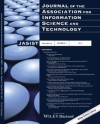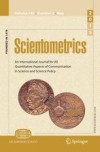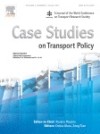Ortega J.L. & Aguillo I.F. (2014) Microsoft Academic Search and Google Scholar Citations: Comparative Analysis of Author Profiles. Journal of the Association for Information Science and Technology 65(6): 1149-1156

Abstract. This article offers a comparative analysis of the personal profiling capabilities of the two most important free citation-based academic search engines, namely, Microsoft Academic Search (MAS) and Google Scholar Citations (GSC). Author profiles can be useful for evaluation purposes once the advantages and the shortcomings of these services are described and taken into consideration. In total, 771 personal profiles appearing in both the MAS and the GSC databases were analyzed.










